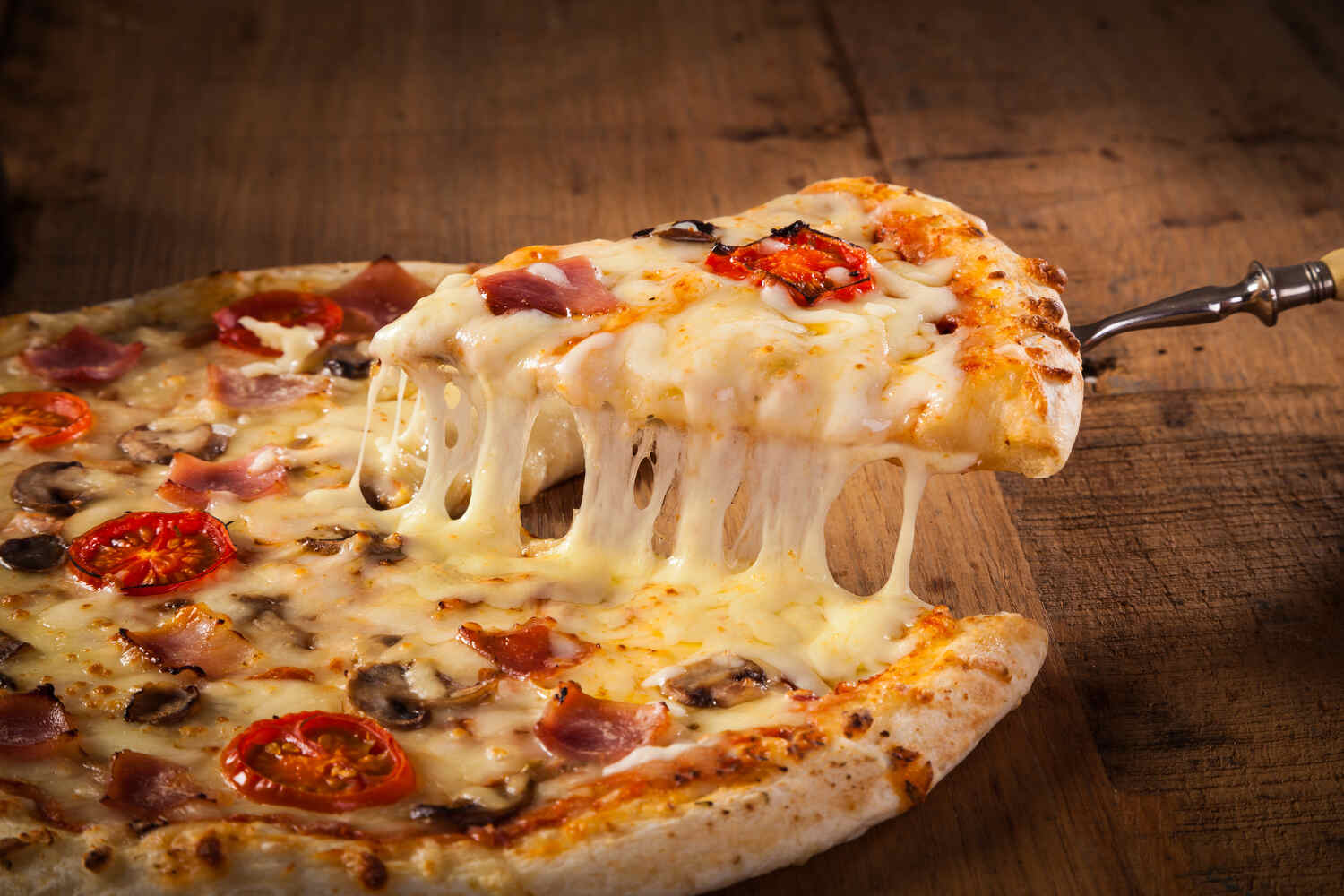
Pizza dubbed the “king of fast food,” reigns supreme with its round canvas of cheesy ecstasy and explosive flavors. This culinary masterpiece, a genuinely customized marvel, allows fans to personalize the crust, contents, and toppings to their mood and taste. Pizza is equally popular with kids and adults. But, considering the perils of fast food, question arises- is pizza safe for toddlers?
Your tiny toddler may reach out for a bite when they see you enjoying pizza. The bright colors of the toppings may appeal to their visual sense. And, when they see you relishing it, they would also want to eat it. Refusing them may lead to a tantrum! But then does that mean that you should stop eating pizza altogether in front of your toddler? Or, can you give pizza to your toddler? Read this article to know all about if pizza is safe for toddlers, and can you give them pizza to eat.
In This Article
- Is Pizza Safe For Toddlers?
- Nutritional Value of Pizza
- Are There Any Benefits of Pizza For Toddlers?
- Are There Any Side Effects of Pizza For Toddlers?
- Precautions to Take While Introducing Pizza to Toddlers
- FAQ’s
Is Pizza Safe For Toddlers?
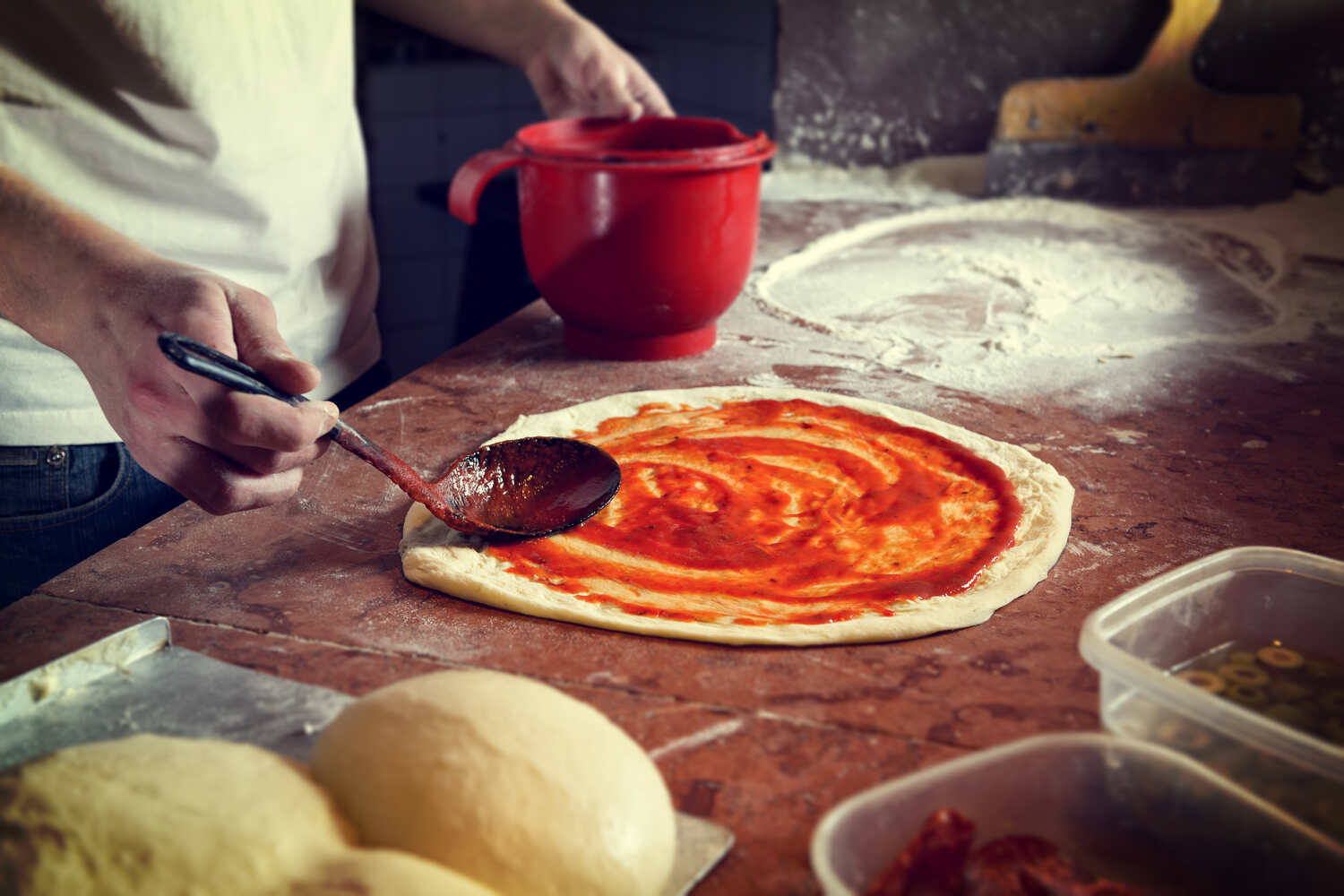
Yes, when done right, pizza can be a tasty and safe snack for toddlers. Childhood obesity is becoming a serious concern for new parents. Readymade pizzas, burgers, and other high-calorie junk food are finding their way into kids’ diets, posing developmental risks (1). Excessive reliance on fast foods contributes significantly to weight gain.
However, baking your own pizza is a healthy option that promotes a positive food relationship from an early age. Limiting your toddler’s intake of fast foods such as pizza, burgers, and sandwiches to occasional treats is crucial for their overall health.
Nutritional Value of Pizza
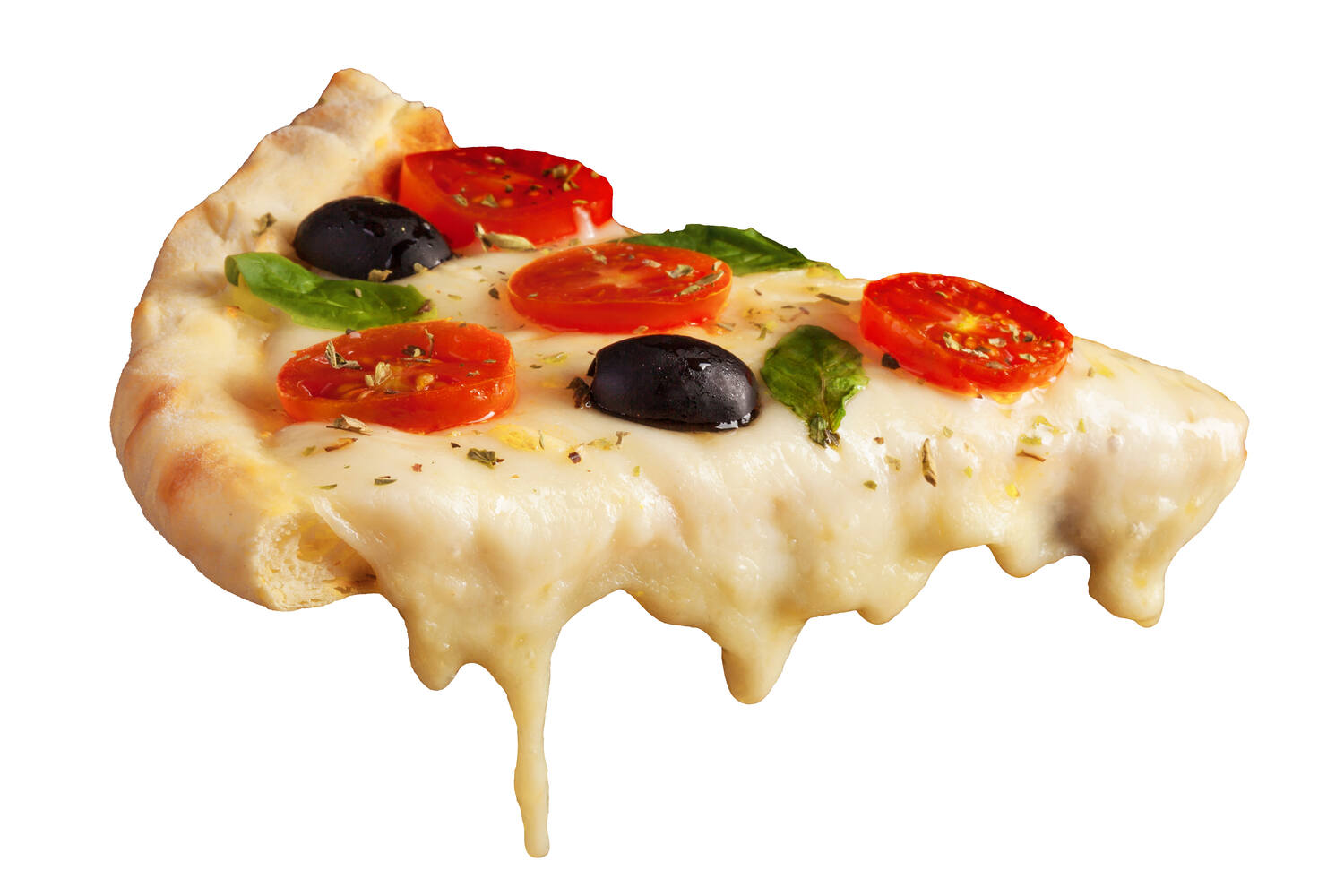
Here is the approximate nutritional information for one slice (90 grams) of market bought pizza (Pizza Hut, Domino’s, and Papa John’s).
Calories: 250 to 350 kcal
Total carbs: 30 to 40 g
Net carbs: 25 to 35 g
Fiber: 1.5 g
Sugar: 3.5 to 6 9
Protein: 12.5 to 14.5 g
Fat: 9.5 to 14.5 g
Monounsaturated fat: 2.8 to 4.8 g
Polyunsaturated Fat: 1.5 to 2.5 g
Saturated fat: 4 to 6 g
Cholesterol: 25 to 30 mg
The caloric value of a cheese burst pizza may increase due to the higher fat content.
Are There Any Benefits of Pizza For Toddlers?
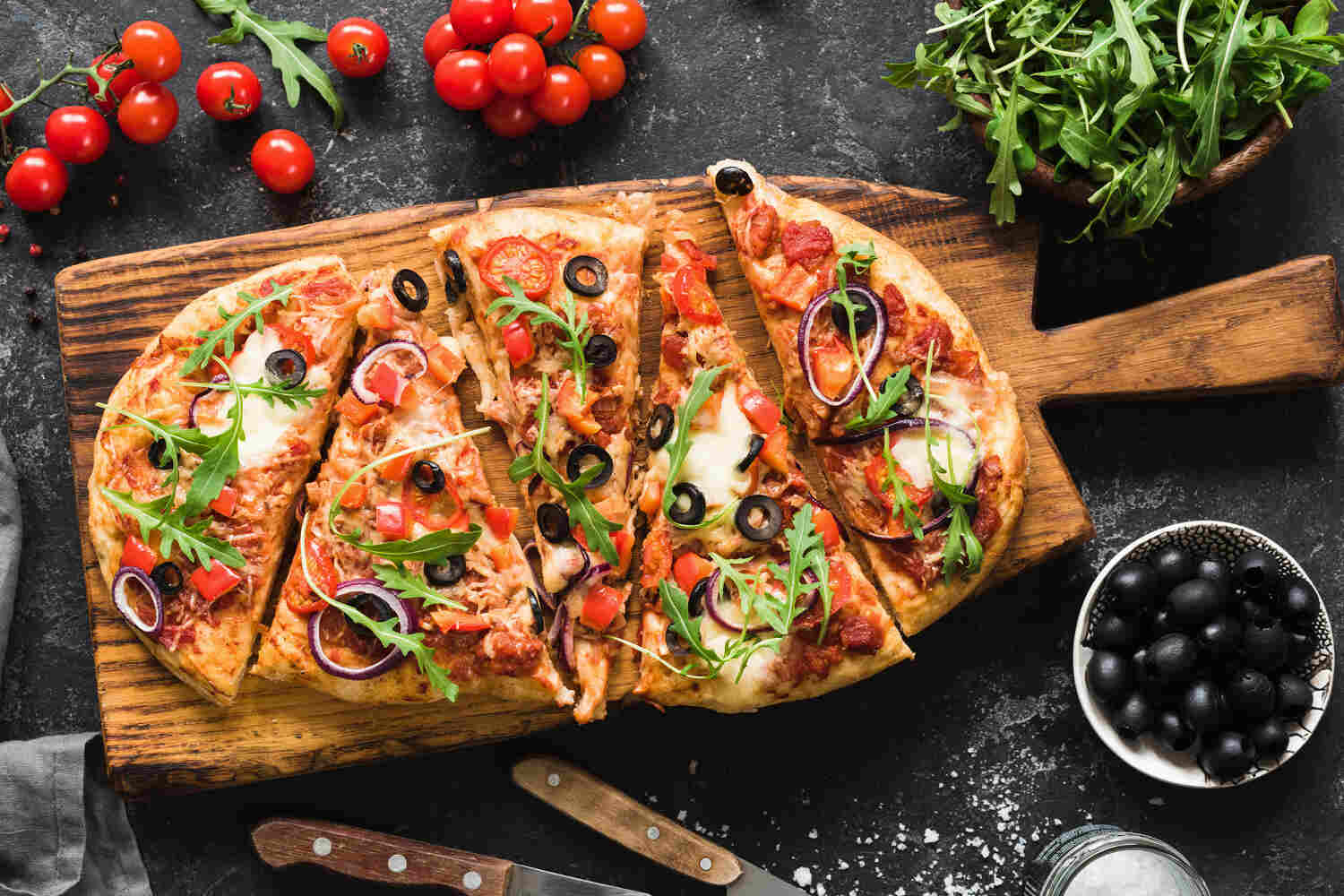
Certainly! Homemade pizza is a surprising star in toddler nutrition, providing a delicious and healthful combination. It provides vital nutrients for growth, but keep an eye out for high sodium and saturated fat levels. Moderation is crucial. Consult a pediatric nutritionist for tailored guidance on a healthy diet for your toddler’s growth. This beloved dish offers several advantages for your little one’s growth, like-
- A healthy pizza has calcium-rich cheese, colorful vegetables, and protein-rich meats
- The pizza’s protein composition includes fresh cheese, mushrooms, and chicken pepperoni
- Olives, colored bell peppers, and tomatoes have greater dietary fiber
- Pizza offers a range of flavors, encouraging taste bud development and reducing picky eaters
- For busy parents looking for a quick and nutritious meal, pizza is a fantastic option
Are There Any Side Effects of Pizza For Toddlers?
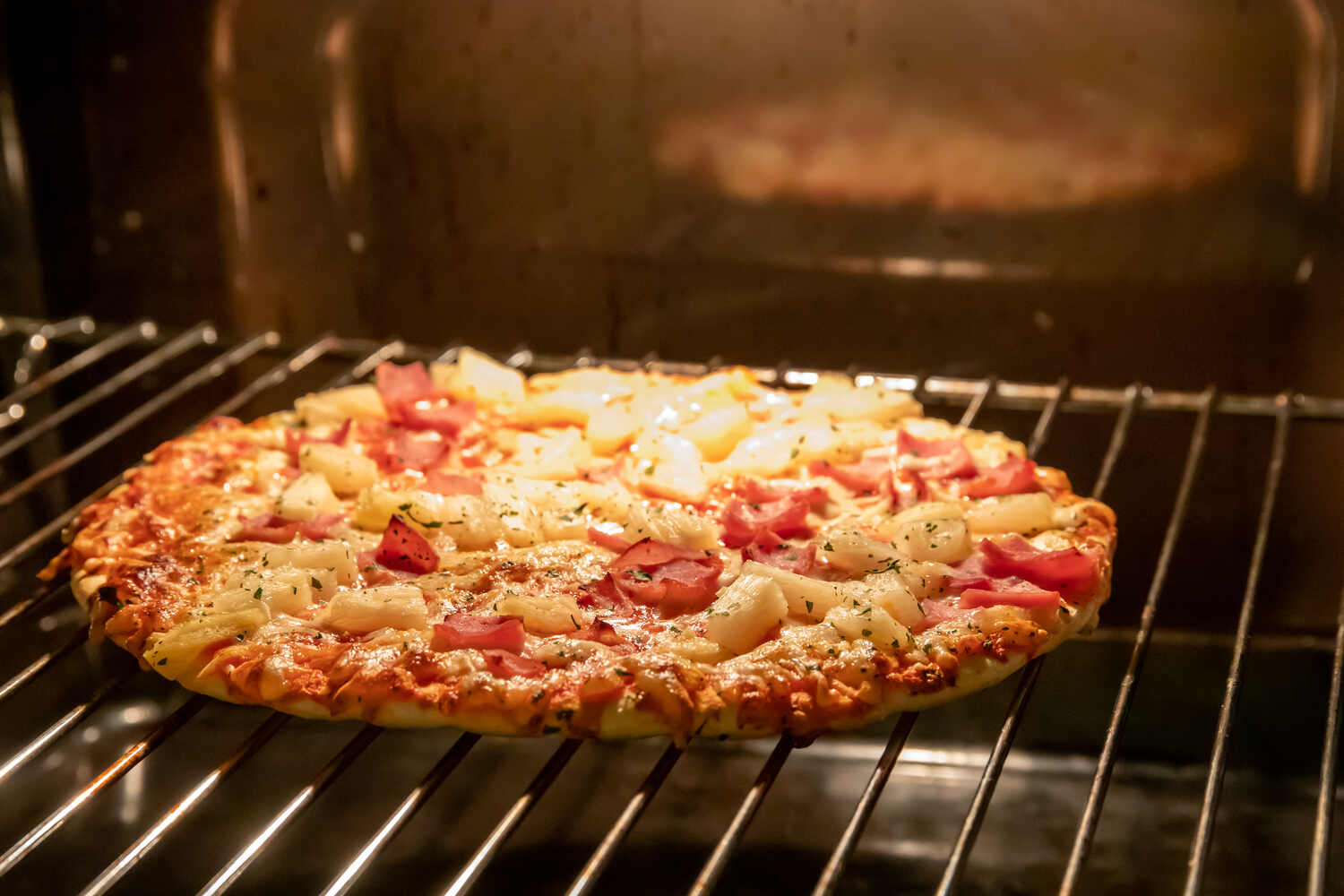
Yes, eating pizza too frequently might be detrimental to your toddler’s health. Many pizzas, particularly frozen and fast-food varieties, have negative effects on their development (2). Here are the main points-
1. Processed Ingredients
Pizzas made with processed meats, refined flour, and cheese may contain coloring additives, sugar derivatives, and preservatives that might harm their health if consumed excessively.
2. Potential For Poor Dietary Habits
Regular pizza consumption may lead to unhealthy eating habits, as they may favor fast food over a balanced and nutritious diet, affecting their general health and development.
3. Excess Calories And Unhealthy Fats
Regular pizza consumption among kids can lead to weight gain and long-term health risks.
4. High Sodium Content
Excessive sodium consumption in pizza can contribute to high blood pressure and cardiovascular complications over time.
5. Limited Nutrient Diversity
Depending on toppings, pizzas may lack key nutrients for growing kids, reducing their overall nutritious intake. Additionally, processed ingredients may cause allergic reactions.
Precautions to Take While Introducing Pizza to Toddlers
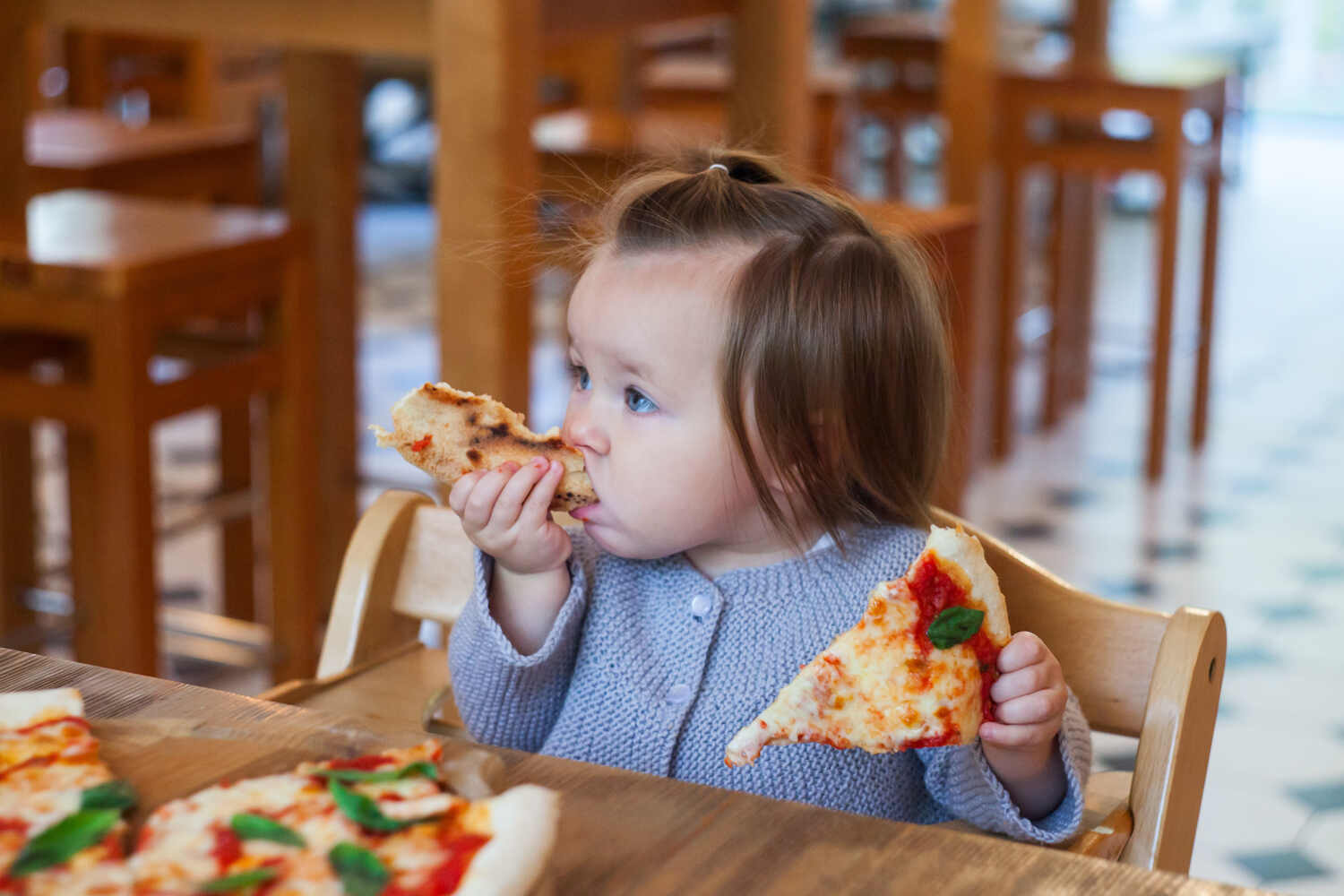
Parents require good nutrition education to enhance their kid’s eating habits. Always supervise and introduce new foods gradually. With children and pizza, proceed with caution, and instead, pick-
- Homemade or healthier options
- Whole grain crust for extra fiber and
- Nutrient-dense, low-sodium toppings like vegetables and lean meats to limit salt consumption
Be aware of sensitivities including dairy and gluten. For a balanced meal, serve with fruits and vegetables. To avoid choking, chop it into little pieces. This method provides safe eating while delivering a popular treat for toddlers, encouraging both health and enjoyment in a balanced and controlled way.
Pizza can be safe for toddlers, if given with caution. It may be a healthy part of a toddler’s diet when eaten in moderation and with well-selected ingredients. To limit carbs, choose homemade versions made with multigrain flour and high-quality protein. However, limit indulgence to once a week to avoid excessive weight gain and sluggishness, preserving your toddler’s overall wellbeing.
FAQ’s
1. What Flour Works Best For Pizza Dough?
Bread flour is perfect for pizza dough because it contains more gluten, resulting in more stretchiness and a chewier crust. All-purpose flour also works, although with less stretch; adjust by adding additional water.
2. How to Make a Cheeseless Pizza?
Use cashew cheese or nondairy shreds to make a cheeseless pizza. Nutritional yeast imparts a nutty and cheesy flavor. For a tasty twist, try a veggie-heavy meal. It’s popular with people who have special dietary restrictions or are vegan. For more possibilities, check your local supermarket.
3. Is Pizza an Unhealthy Food?
If a single slice is provided to a toddler, pizza can be a nutritious part of a balanced meal. To offer your kid a healthy boost, serve pizza with a side salad that is free of additional toppings and dips.
References
- Fast Food Consumption in Children: A Review – [https://www.researchgate.net/publication/282115918_Fast_Food_Consumption_in_Children_A_Review]
- Energy and Nutrient Intake From Pizza in the United States – [https://publications.aap.org/pediatrics/article-abstract/135/2/322/33371/Energy-and-Nutrient-Intake-From-Pizza-in-the]

